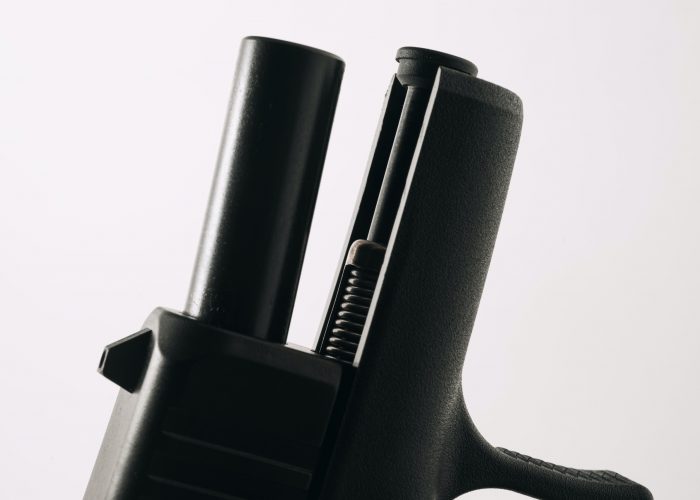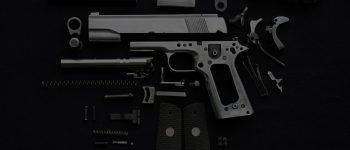Spring Hoarding
If you find springs when cleaning the garage, basement or an office, save them. I have used springs from old pens, computers and printers to repair guns.
Skip Walters


Sign up to receive insider tips from our Master Gunsmith!
Every gunsmith should have a “stash” of coil springs. These springs can be purchased from gunsmith supply houses and from individual spring manufacturing companies.
Sometimes these springs are supplied in coiled lengths of less than 12” to be cut and formed. Others are supplied in straight pieces of spring steel, to be coiled around a mandrel or bent slightly to fill a custom requirement. Still other springs are supplied in variety packs of closed end, miniature springs. Whatever their origin, coil springs are very handy to have in the shop.
If you find springs when cleaning the garage, basement or an office, save them. I have used springs from old pens, computers and printers to repair guns. Though I have not personally used them, even “bobby pins” and safety pins have been used. Hacksaw blades (not the bi-metal type) have also been used.
A coil spring comes in a closed end and an open end variety. A good example is a 1911 gov’t issue recoil spring. It has an open end and a closed end. A closed end refers to the last coil that has been pushed up against the 2nd last coil. This creates an end that will allow rotation or provide a firm grip on a rod. This is represented by the end of the 1911 recoil spring that goes over the recoil spring guide. The other end is open, meaning that the last coil stops abruptly. The last coil on an open end looks like any other coil of the spring. The open end threads into the recoil spring plunger and engages a tab on the inside of the plunger. (Commercial 1911s don’t utilize this feature. In military use, it prevented the loss of the plunger during disassembly in the field, which would have rendered the pistol useless.)
To make a closed end spring from an open ended spring is quite simple. Cut the coil spring stock slightly longer than necessary. Grind the end of the coil to size. The heat from grinding will anneal the last coil and it will lose temper. Bend the very end up against the second last coil, remove any burrs and polish the spring. It is now a closed end spring.
Salvaged, custom or shop made springs can be used to repair or upgrade fire control systems, replace weak extractor springs or return obscure, uncommon guns to serviceable condition.
I save v-springs and torsion springs as well, as they are difficult to make and many can be modified for use in old or European shotguns and drillings/vierlings.
My oldest repair was from 1750, an English Tower Pistol. I dug in my spring horde and found the spring that, with a little modification, facilitated the repair.
In summary, keep your springs, of any type. Gunsmiths that work on old guns have to be “pack rats” when it involves springs. Springs of all types are an integral part of every gun. That spring from the old office printer just may “Save the Day”.




